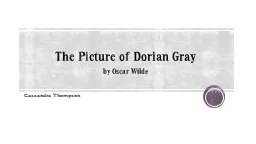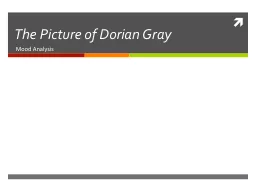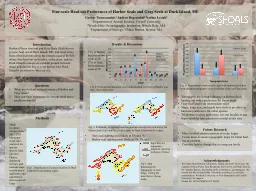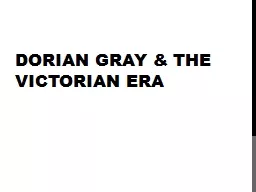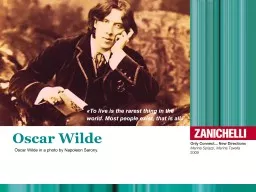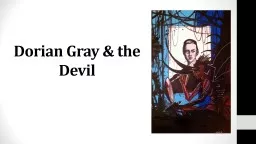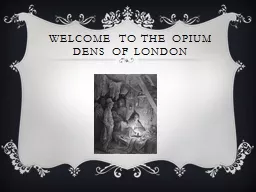PPT-The Picture of Dorian Gray
Author : karlyn-bohler | Published Date : 2018-09-23
by Oscar Wilde Cassandra Thompson Oscar Wilde 18541900 Wilde was a very pompous young man He is known for being a playwright The Picture of Dorian Gray was
Presentation Embed Code
Download Presentation
Download Presentation The PPT/PDF document "The Picture of Dorian Gray" is the property of its rightful owner. Permission is granted to download and print the materials on this website for personal, non-commercial use only, and to display it on your personal computer provided you do not modify the materials and that you retain all copyright notices contained in the materials. By downloading content from our website, you accept the terms of this agreement.
The Picture of Dorian Gray: Transcript
Download Rules Of Document
"The Picture of Dorian Gray"The content belongs to its owner. You may download and print it for personal use, without modification, and keep all copyright notices. By downloading, you agree to these terms.
Related Documents

